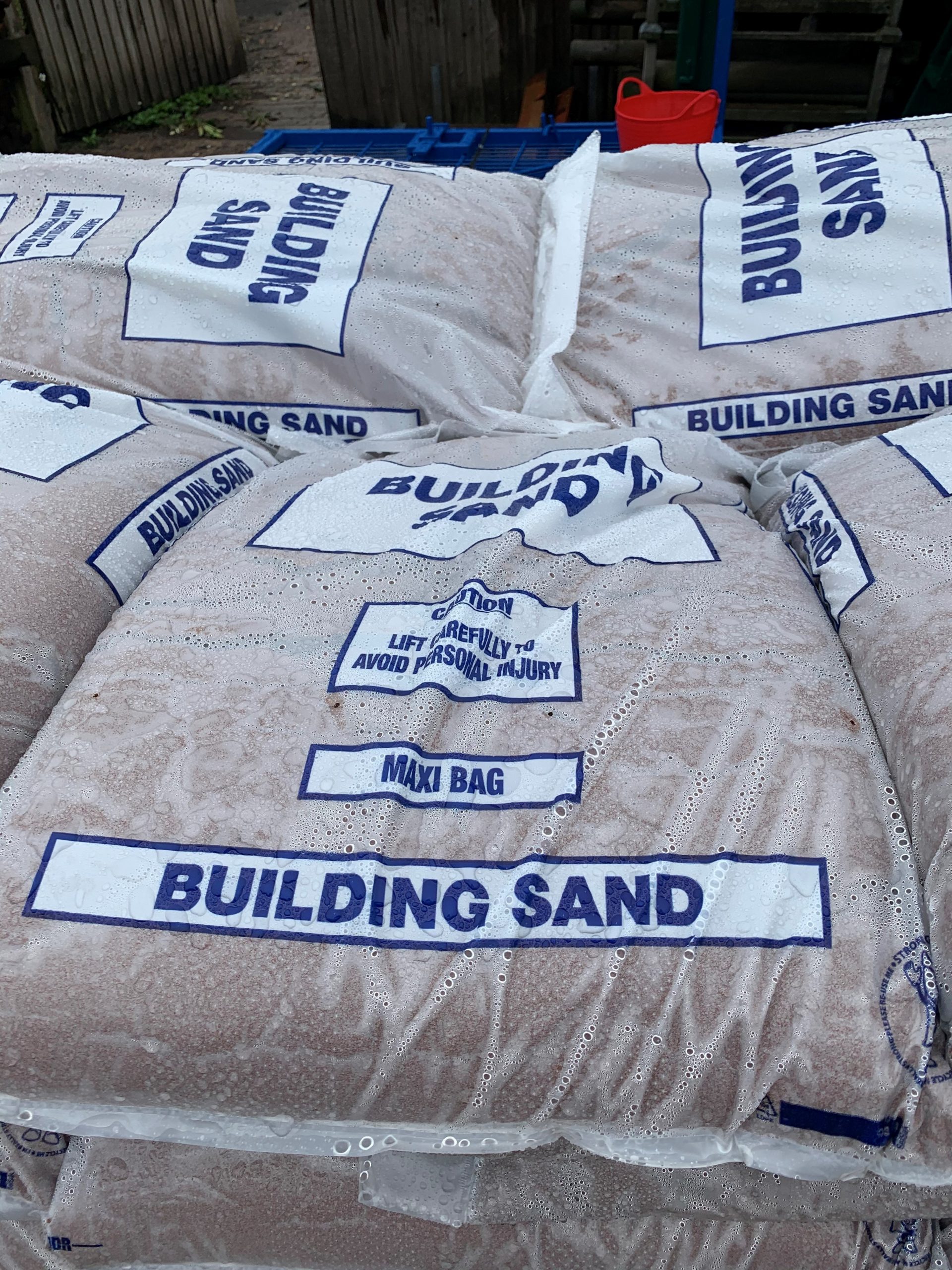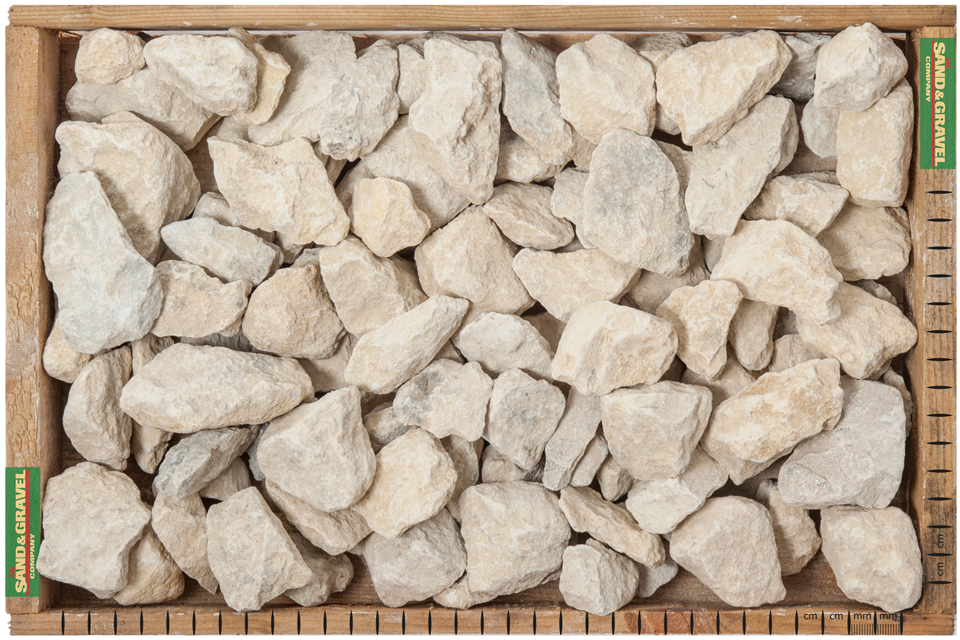

The aim is to provide some valuable information to further address the comprehensive utilization of red mud. It describes the progress of experimental research and production practice of safe stockpiling and the methods of comprehensive utilization. The main ways of comprehensive utilization are also summarized. This article provides an overview of the basic characteristics of red mud. And it is warning us to pay enough attention to the comprehensive treatment of the red mud. This incident is unprecedented, given the scale of the release and the type of material involved. The dike breach at the red mud stockpiling yard at the Ajkai Timfoldgyar Zrt alumina plant in Hungary on Octoreleased between 600,000 and 700,000 m 3 of caustic red mud suspension. On the other hand, treatment by marine dumping may destroy the ecological balance of the ocean. Since there is a great deal of industrial alkali, fluoride and heavy metals and other potential pollutants in red mud, long-term stockpiling of red mud would not only occupy scarce land resources, but also easily lead to serious pollution of the surrounding soil, air and groundwater. And the accumulated quantity can reach 200 million tons in China.Īs to the treatment of red mud, the first choice of most companies from all over the world would be stockpiling it in an open yard or marine dumping. Globally, the total amount of red mud produced every year is between 60 and 120 million tons, about 30 million tons of which is produced in China. It was reported that 0.8~1.5 t of red mud is produced by each 1 t alumina produced. The red mud, according to the production process of the aluminum, can be divided into Bayer process red mud, sintering process red mud and combined process red mud. Bauxite is composed of aluminum hydroxide minerals, including primarily gibbsite, boehmite and diaspore, and other compounds, such as hematite, goethite, quartz, rutile/anatase and kaolinite. Red mud is a reddish-brown colored solid waste produced during the physical and chemical processing of bauxite. Red mud used for environmental remediation materials is a new hotspot and worth promoting for its simple processing and low cost. The use of red mud as a building material and filler material is the most effective way to reduce the stockpiling of red mud. The recovery of resources from red mud has a high value-added, but low level industrialization. This paper points out that the main focus of previous studies on red mud stockpiling is cost reproduction and land tenure. The comprehensive utilization of red mud can be further divided into three aspects: the effective recycling of components, resource utilization and application in the field of environmental protection. The safe stockpiling of red mud can be divided into two aspects: the design and safe operation of the stocking yard. The research progress of safe stockpiling and comprehensive utilization of red mud is summarized. This article provides an overview of the composition and the basic characteristics of red mud.

With increasing production of red mud, the environmental problems caused by it are increasingly serious, and thus the integrated treatment of red mud is imminent.


 0 kommentar(er)
0 kommentar(er)
